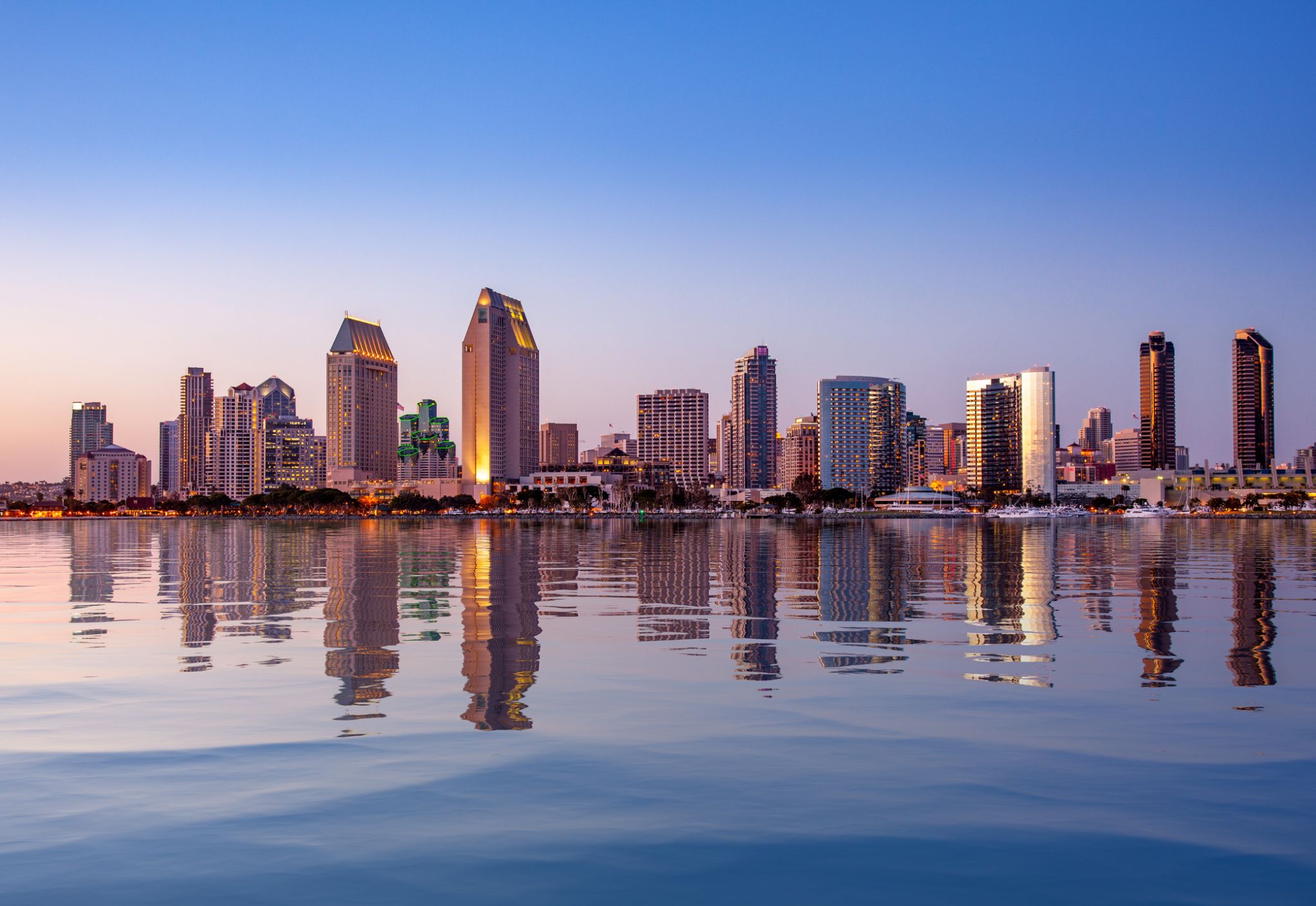

| Cruise Region : Pacific cruises |
| Company : Oceania Cruises |
| Ship : Insignia |
| Journey Start : Sun 04 May 2025 |
| Journey End : Thu 03 Jul 2025 |
| Count Nights : 60 nights |
| Day | Date | Port | Arrival | Departure |
|---|---|---|---|---|
| 1 | 4.05 Sun | Perth | 21:00 | |
| 2 | 5.05 Mon | Busselton | 07:00 | 16:00 |
| 3 | 6.05 Tue | Albany / Australia | 10:00 | 18:00 |
| 4 | 7.05 Wed | Esperance / Australia | 09:00 | 18:00 |
| 5 | 8.05 Thu | Day at sea / Sea | ||
| 6 | 9.05 Fri | Day at sea / Sea | ||
| 7 | 10.05 Sat | Adelaide / Australia | 07:00 | |
| 8 | 11.05 Sun | Adelaide / Australia | 21:00 | |
| 9 | 12.05 Mon | Pennecho / Australia | 07:00 | 16:00 |
| 10 | 13.05 Tue | Portland / USA | 09:00 | 18:00 |
| 11 | 14.05 Wed | Melbourne / Australia | 09:00 | 23:00 |
| 12 | 15.05 Thu | Geelong / Australia | 07:00 | 17:00 |
| 13 | 16.05 Fri | Burnie (Tasmania) / Australia / New Zealand | 09:00 | 19:00 |
| 14 | 17.05 Sat | Day at sea / Sea | ||
| 15 | 18.05 Sun | Eden Valley / Australia | 07:00 | 16:00 |
| 16 | 19.05 Mon | Sydney / Australia | 08:00 | |
| 17 | 20.05 Tue | Sydney / Australia | 17:00 | |
| 18 | 21.05 Wed | Day at sea / Sea | ||
| 19 | 22.05 Thu | Day at sea / Sea | ||
| 20 | 23.05 Fri | Day at sea / Sea | ||
| 21 | 24.05 Sat | Goal Goal / Australia | 08:00 | 21:00 |
| 22 | 25.05 Sun | Wellington / New Zealand | 07:00 | 17:00 |
| 23 | 26.05 Mon | Napier / New Zealand | 08:00 | 16:00 |
| 24 | 27.05 Tue | Rotorua | 11:00 | 19:00 |
| 25 | 28.05 Wed | Oakland / New Zealand | 07:00 | |
| 26 | 29.05 Thu | Oakland / New Zealand | 18:00 | |
| 27 | 30.05 Fri | Cocksen Hole / Honduras | 07:00 | 17:00 |
| 28 | 31.05 Sat | Day at sea / Sea | ||
| 29 | 1.06 Sun | Day at sea / Sea | ||
| 30 | 2.06 Mon | Noumea / New Caledonia | 07:00 | 18:00 |
| 31 | 3.06 Tue | Lake Mystery / Canada | 10:00 | 19:00 |
| 32 | 4.06 Wed | Port Vila / Vanuatu | 08:00 | 18:00 |
| 33 | 5.06 Thu | CHAMPAGNE BAY | 08:00 | 17:00 |
| 34 | 6.06 Fri | Day at sea / Sea | ||
| 35 | 7.06 Sat | Lautoka / Fiji | 08:00 | 18:00 |
| 36 | 8.06 Sun | Suva / Fiji | 07:00 | 16:30 |
| 37 | 9.06 Mon | Day at sea / Sea | ||
| 38 | 10.06 Tue | |||
| 38 | 10.06 Tue | Apia / Samoa | 09:00 | 18:00 |
| 38 | 10.06 Tue | PAYMENT / American Samoa | 08:00 | 17:00 |
| 39 | 11.06 Wed | Day at sea / Sea | ||
| 40 | 12.06 Thu | Day at sea / Sea | ||
| 41 | 13.06 Fri | Bora Bora, Society Islands / French Polynesia | 11:00 | |
| 42 | 14.06 Sat | Bora Bora, Society Islands / French Polynesia | 23:00 | |
| 43 | 15.06 Sun | Raiatea, Society Islands / French Polynesia | 07:00 | 18:00 |
| 44 | 16.06 Mon | Papeete / French Polynesia | 05:00 | |
| 45 | 17.06 Tue | Papeete / French Polynesia | 05:00 | |
| 45 | 17.06 Tue | Moorea Islands Society / French Polynesia | 08:00 | 16:00 |
| 46 | 18.06 Wed | Tupana | 09:00 | 17:00 |
| 47 | 19.06 Thu | Day at sea / Sea | ||
| 48 | 20.06 Fri | Nuku-Hiva / French Polynesia | 07:00 | 15:00 |
| 49 | 21.06 Sat | Day at sea / Sea | ||
| 50 | 22.06 Sun | Day at sea / Sea | ||
| 51 | 23.06 Mon | Day at sea / Sea | ||
| 52 | 24.06 Tue | Day at sea / Sea | ||
| 53 | 25.06 Wed | Honolulu, Oahu, Hawaii / Hawaii | 15:00 | |
| 54 | 26.06 Thu | Honolulu, Oahu, Hawaii / Hawaii | 18:00 | |
| 55 | 27.06 Fri | Hilo / Hawaii | 08:00 | 17:00 |
| 56 | 28.06 Sat | Day at sea / Sea | ||
| 57 | 29.06 Sun | Day at sea / Sea | ||
| 58 | 30.06 Mon | Day at sea / Sea | ||
| 59 | 1.07 Tue | Day at sea / Sea | ||
| 60 | 2.07 Wed | Day at sea / Sea | ||
| 61 | 3.07 Thu | San Diego California / USA | 05:00 | 21:00 |


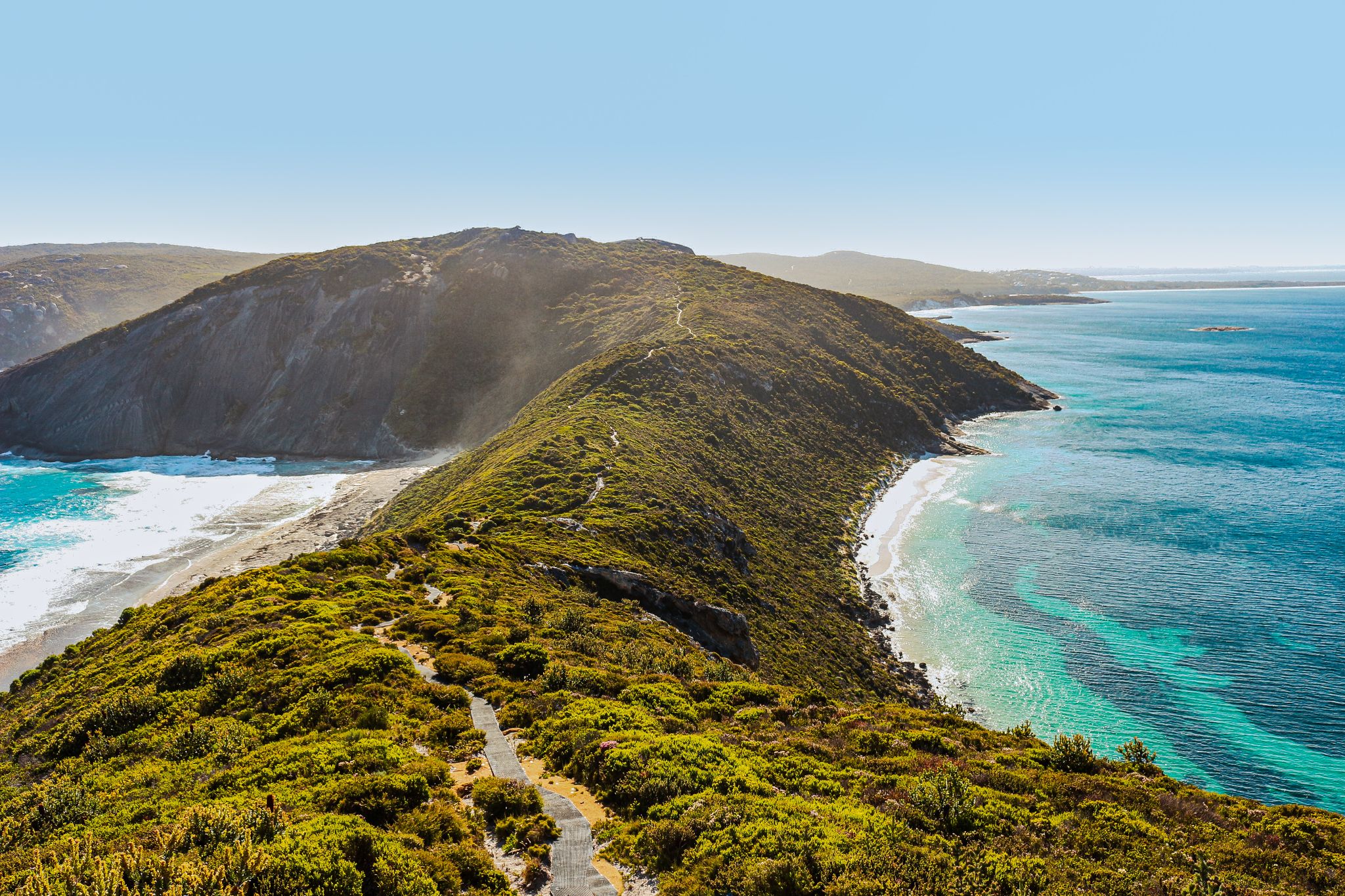
Albany is a port city in the Great Southern region of Western Australia, 418 km SE of Perth, the state capital. Albany is the oldest colonial settlement in Western Australia, predating Perth and Fremantle by over two years.
The city centre is at the northern edge of Princess Royal Harbour, which is a part of King George Sound. The central business district is bounded by Mount Clarence to the east and Mount Melville to the west. The city is in the local government area of the City of Albany.



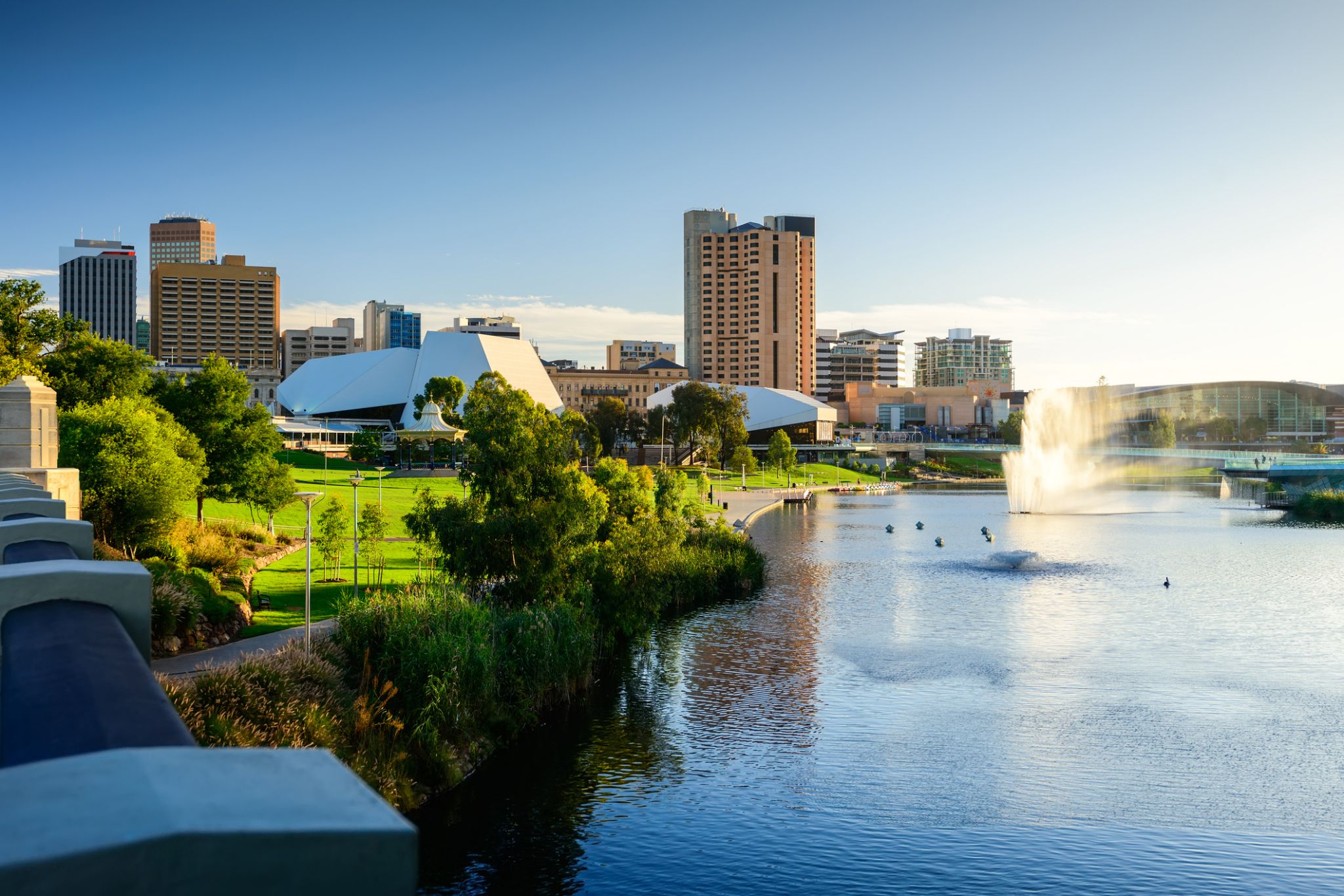
Adelaide is the capital city of the state of South Australia, and the fifth-most populous city of Australia. In June 2017, Adelaide had an estimated resident population of 1,333,927. Adelaide is home to more than 75 percent of the South Australian population, making it the most centralised population of any state in Australia.

Adelaide is the capital city of the state of South Australia, and the fifth-most populous city of Australia. In June 2017, Adelaide had an estimated resident population of 1,333,927. Adelaide is home to more than 75 percent of the South Australian population, making it the most centralised population of any state in Australia.


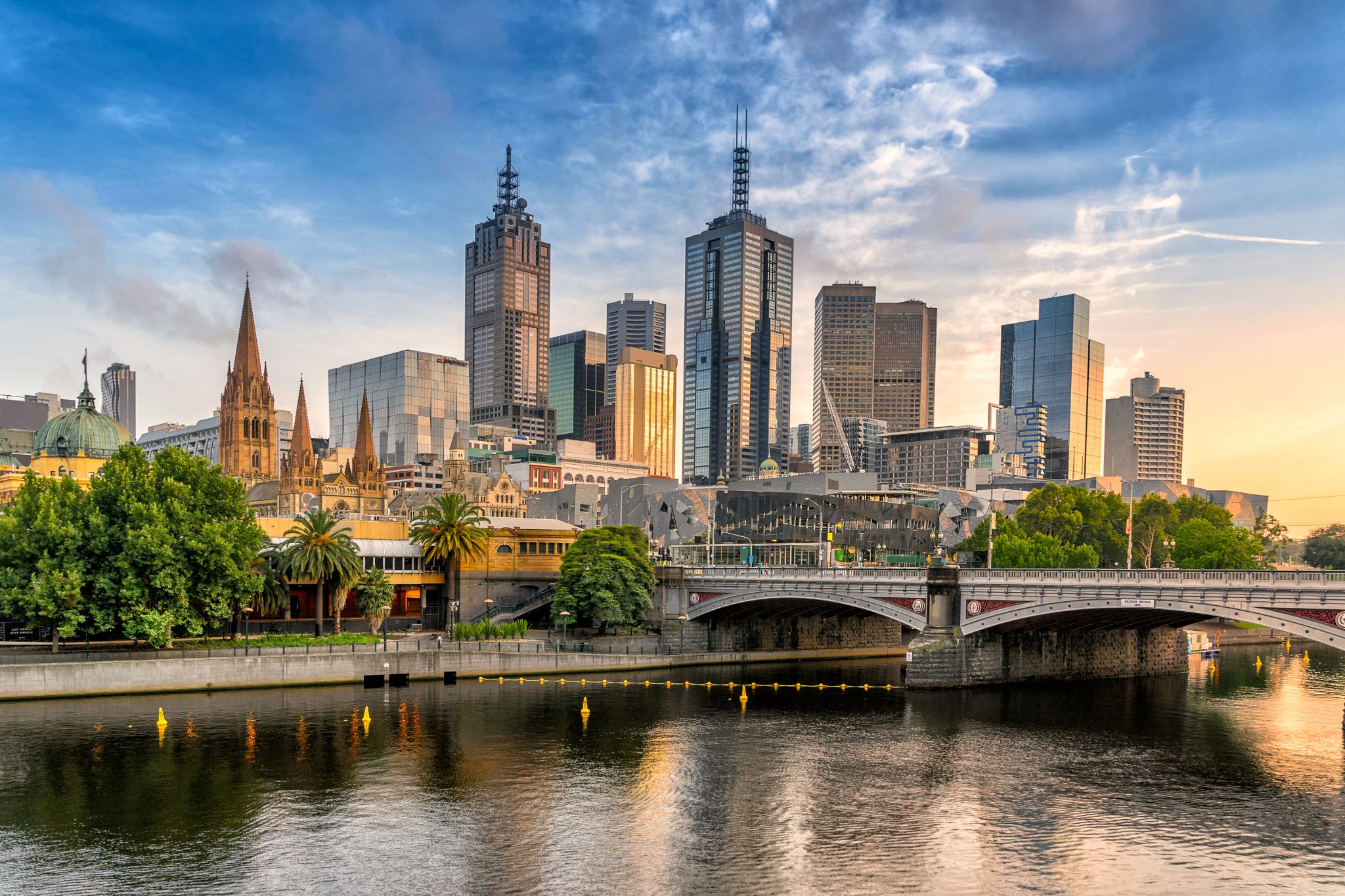
Melbourne is the capital and most populous city of the Australian state of Victoria, and the second most populous city in Australia and Oceania. Its name refers to an urban agglomeration of 9,992.5 km2 (3,858.1 sq mi), comprising a metropolitan area with 31 municipalities, and is also the common name for its city centre. The city occupies much of the coastline of Port Phillip bay and spreads into the hinterlands towards the Dandenong and Macedon ranges, Mornington Peninsula and Yarra Valley. It has a population of approximately 4.9 million (19% of the population of Australia), and its inhabitants are referred to as "Melburnians".
The city was founded on 30 August 1835, in what was the British colony of New South Wales, by free settlers from the colony of Van Diemen’s Land. It was incorporated as a Crown settlement in 1837 and named in honour of the British Prime Minister, William Lamb, 2nd Viscount Melbourne. It was declared a city by Queen Victoria in 1847, after which it became the capital of the new colony of Victoria in 1851. In the wake of the 1850s Victorian gold rush, the city entered the "Marvellous Melbourne" boom period, transforming into one of the most important cities in the British Empire and one of the largest and wealthiest in the world. After the federation of Australia in 1901, it served as interim seat of government of the new nation until Canberra became the permanent capital in 1927. Today, it is a leading financial centre in the Asia-Pacific region and ranks 20th in the Global Financial Centres Index.

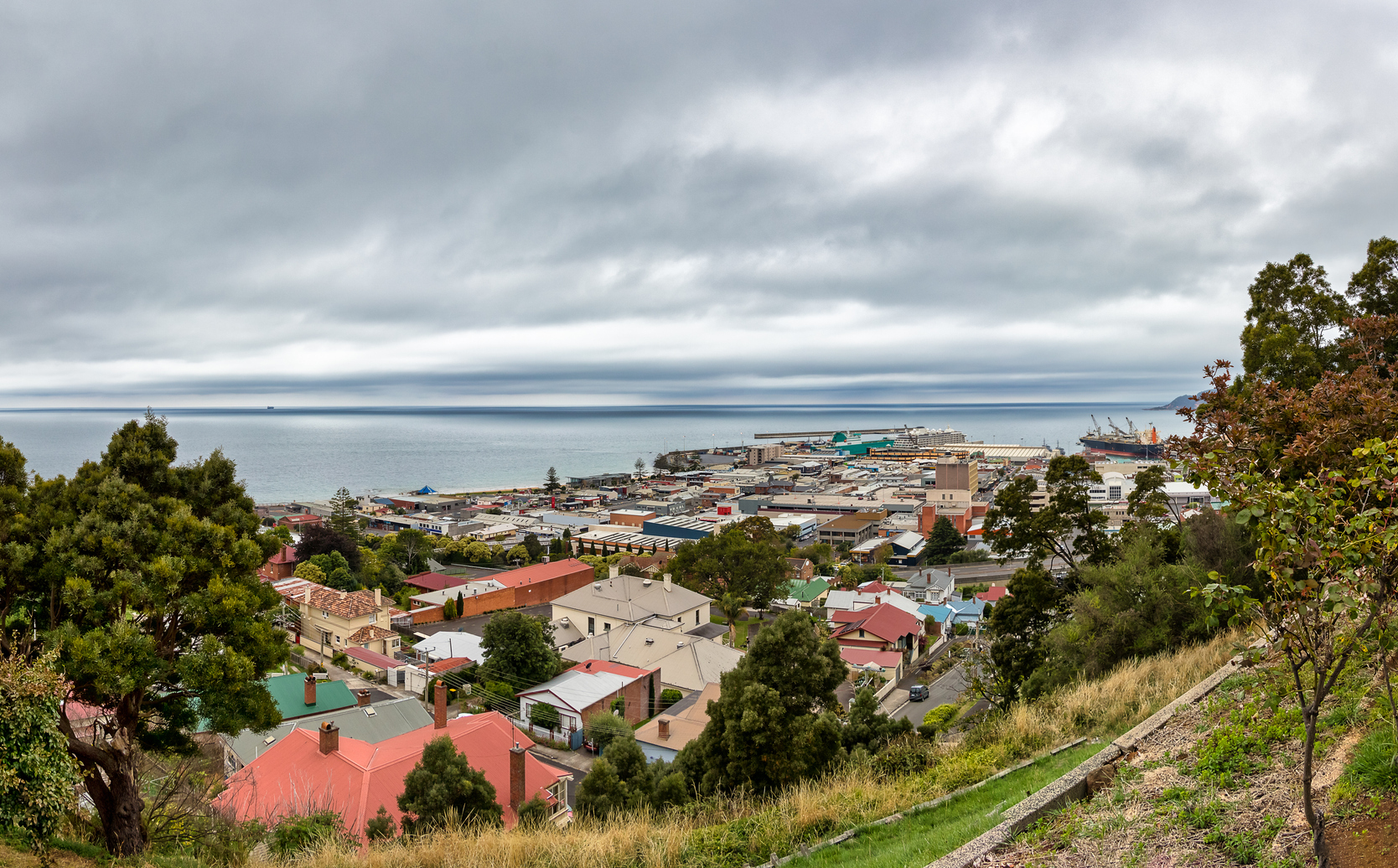
Burnie is a port city on the northwest coast of the island of Tasmania in Australia. The first settlements appeared in 1827, and in 1840 the city received its current name. The city's port is the fifth most significant in the country. The main industrial facilities in the city are a pulp and paper mill and a cheese factory. Burnie is a rather picturesque city, with a quiet way of life and friendly locals.


Eden Valley is a picturesque valley located in the heart of Australia, in the state of South Australia. Known for its unique natural beauty, abundant wildlife, and fertile agricultural lands, this area is home to thriving vineyards and the production of famous local wines. The landscapes of Eden Valley are enchanting both in the warm seasons and during winter, when the rolling hills are covered in greenery, and snowy peaks glisten on the horizon. It is also one of the best regions for wine tours and excursions, where tourists can not only enjoy local wines but also learn about the winemaking process.
For travelers, Eden Valley offers not just natural beauty but a wide range of outdoor activities. The region is perfect for hiking, camping, and wildlife watching. Rare animals, such as koalas and kangaroos, can be spotted here, along with stunning panoramic views of the valley. Summer in Eden Valley is a time for festivals and cultural events, attracting both locals and visitors. It is a place for those seeking a blend of nature, adventure, and culinary delights without straying far from civilization.
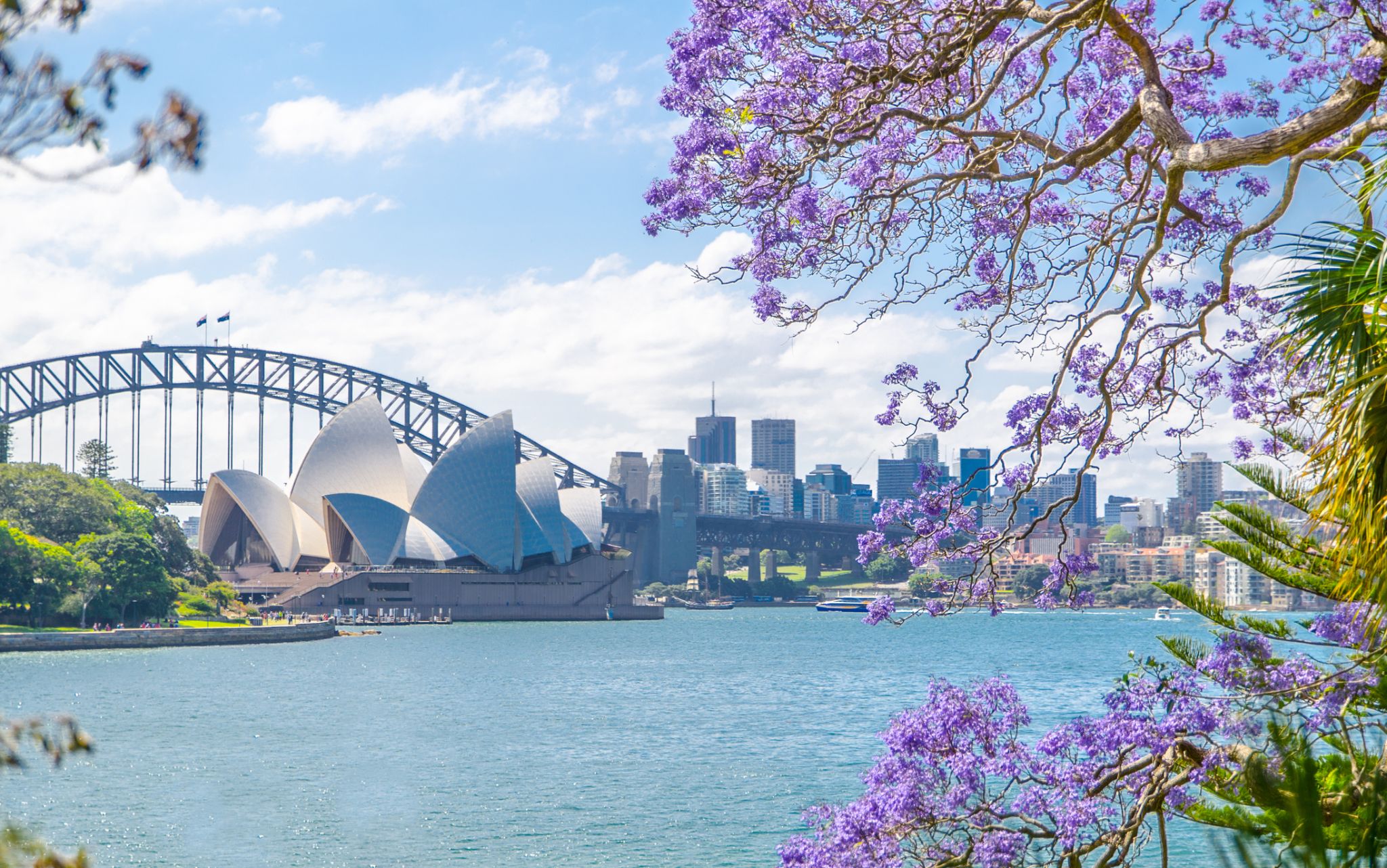
Sydney is the state capital of New South Wales and the most populous city in Australiaand Oceania. Located on Australia's east coast, the metropolis surrounds Port Jackson and extends about 70 km (43.5 mi) on its periphery towards the Blue Mountains to the west, Hawkesbury to the north, and Macarthur to the south. Sydney is made up of 658 suburbs, 40 local government areas and 15 contiguous regions. Residents of the city are known as "Sydneysiders". As of June 2017, Sydney's estimated metropolitan population was 5,131,326, and is home to approximately 65% of the state's population.

Sydney is the state capital of New South Wales and the most populous city in Australiaand Oceania. Located on Australia's east coast, the metropolis surrounds Port Jackson and extends about 70 km (43.5 mi) on its periphery towards the Blue Mountains to the west, Hawkesbury to the north, and Macarthur to the south. Sydney is made up of 658 suburbs, 40 local government areas and 15 contiguous regions. Residents of the city are known as "Sydneysiders". As of June 2017, Sydney's estimated metropolitan population was 5,131,326, and is home to approximately 65% of the state's population.




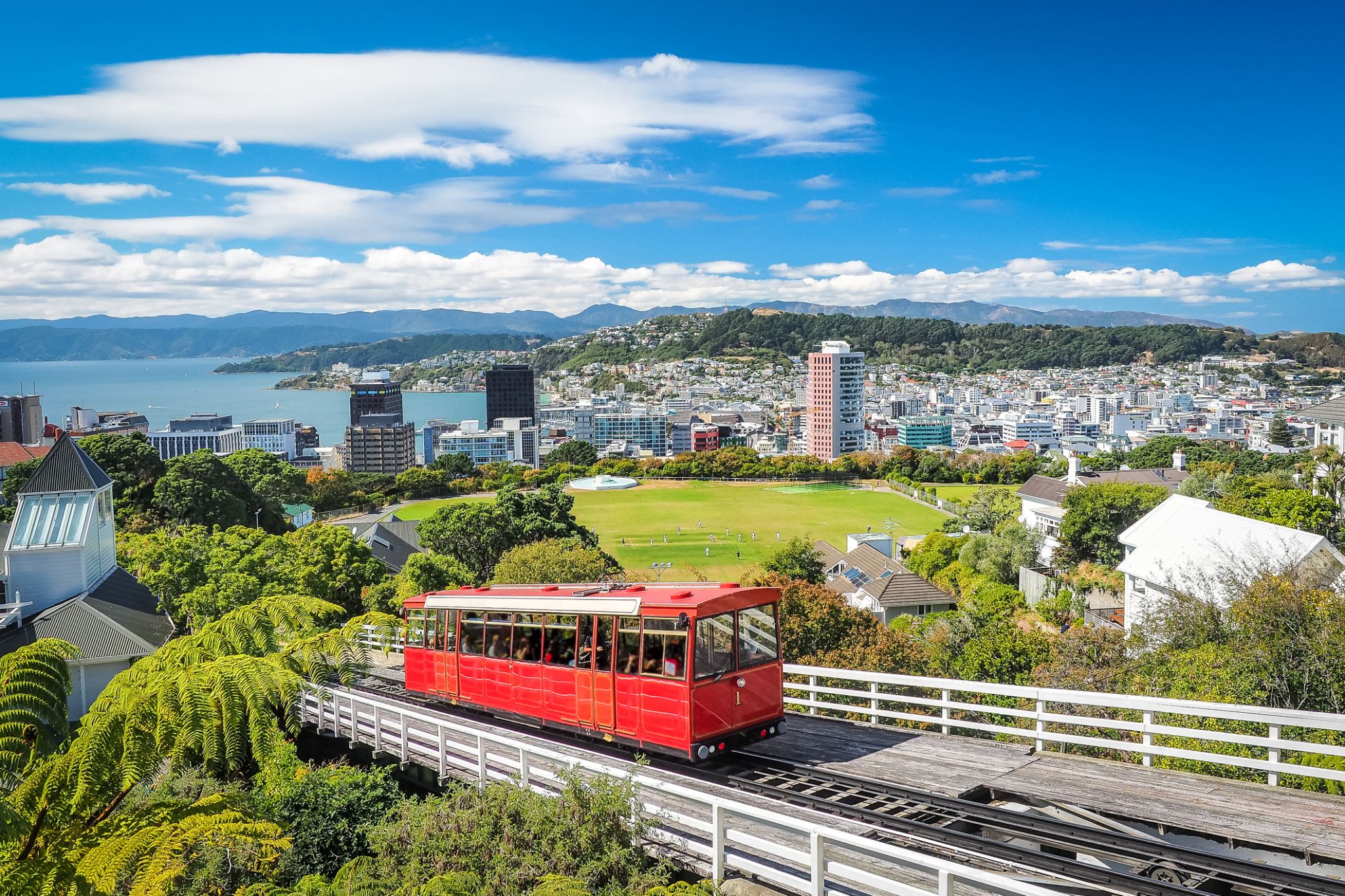
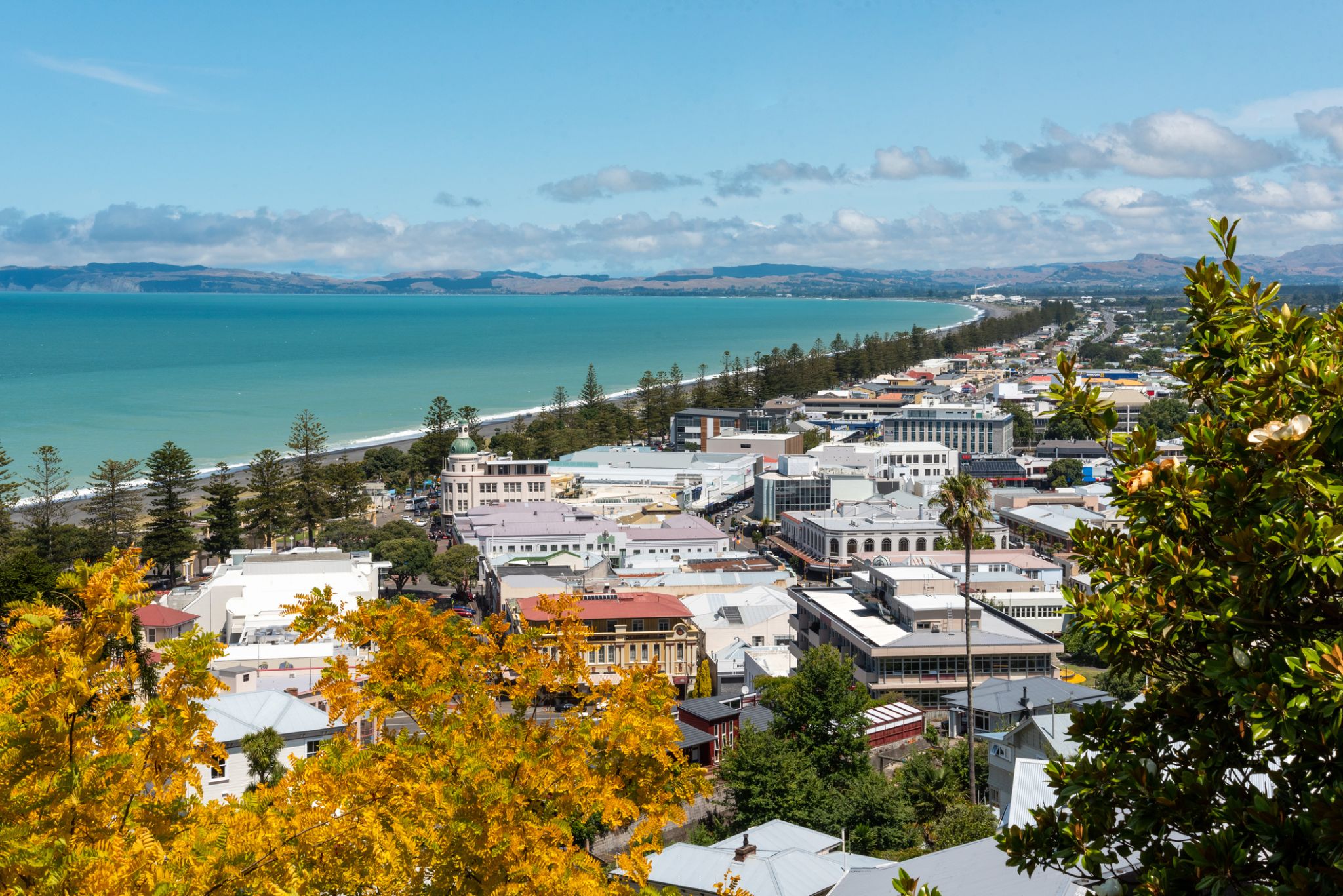
Napier is a New Zealand city with a seaport, located in Hawke's Bay on the eastern coast of the North Island. The population of Napier is about 63,900 as of the June 2018. About 18 kilometres (11 mi) south of Napier is the inland city of Hastings. These two neighbouring cities are often called "The Bay Cities" or "The Twin Cities" of New Zealand. The total population of the Napier-Hastings Urban Area is 134,500 people, which makes it the sixth-largest urban area in New Zealand, closely followed by Dunedin (122,000), and trailing Tauranga(141,600).
Napier is about 320 kilometres (200 mi) northeast of the capital city of Wellington. Napier (63,900) has a smaller population than its neighbouring city of Hastings (70,600) but is seen as the main centre due to it being closer in distance to both the seaport and the main airport that service Hawke's Bay, and Hastings' population figure includes 13,000 people living in Havelock North, which is often considered a town in its own right. The City of Napier has a land area of 106 square kilometres (41 sq mi) and a population density of 540.0 per square kilometre.
Napier is the nexus of the largest wool centre in the Southern Hemisphere, and it has the primary export seaport for northeastern New Zealand – which is the largest producer of apples, pears, and stone fruit in New Zealand. Napier has also become an important grape and wine production area, with the grapes grown around Hastings and Napier being sent through the Port of Napier for export. Large amounts of sheep's wool, frozen meat, wood pulp, and timber also pass through Napier annually for export. Smaller amounts of these materials are shipped via road and railway to the large metropolitan areas of New Zealand itself, such as Auckland, Wellington and Hamilton.
Napier is a popular tourist city, with a unique concentration of 1930s Art Deco architecture, built after much of the city was razed in the 1931 Hawke's Bay earthquake. It also has one of the most photographed tourist attractions in the country, a statue on Marine Parade called Pania of the Reef. Thousands of people flock to Napier every February for the Tremains Art Deco Weekend event, a celebration of its Art Deco heritage and history. Other notable tourist events attracting many outsiders to the region annually include F.A.W.C! Food and Wine Classic events, and the Mission Estate Concert at Mission Estate and Winery in the suburb of Taradale.

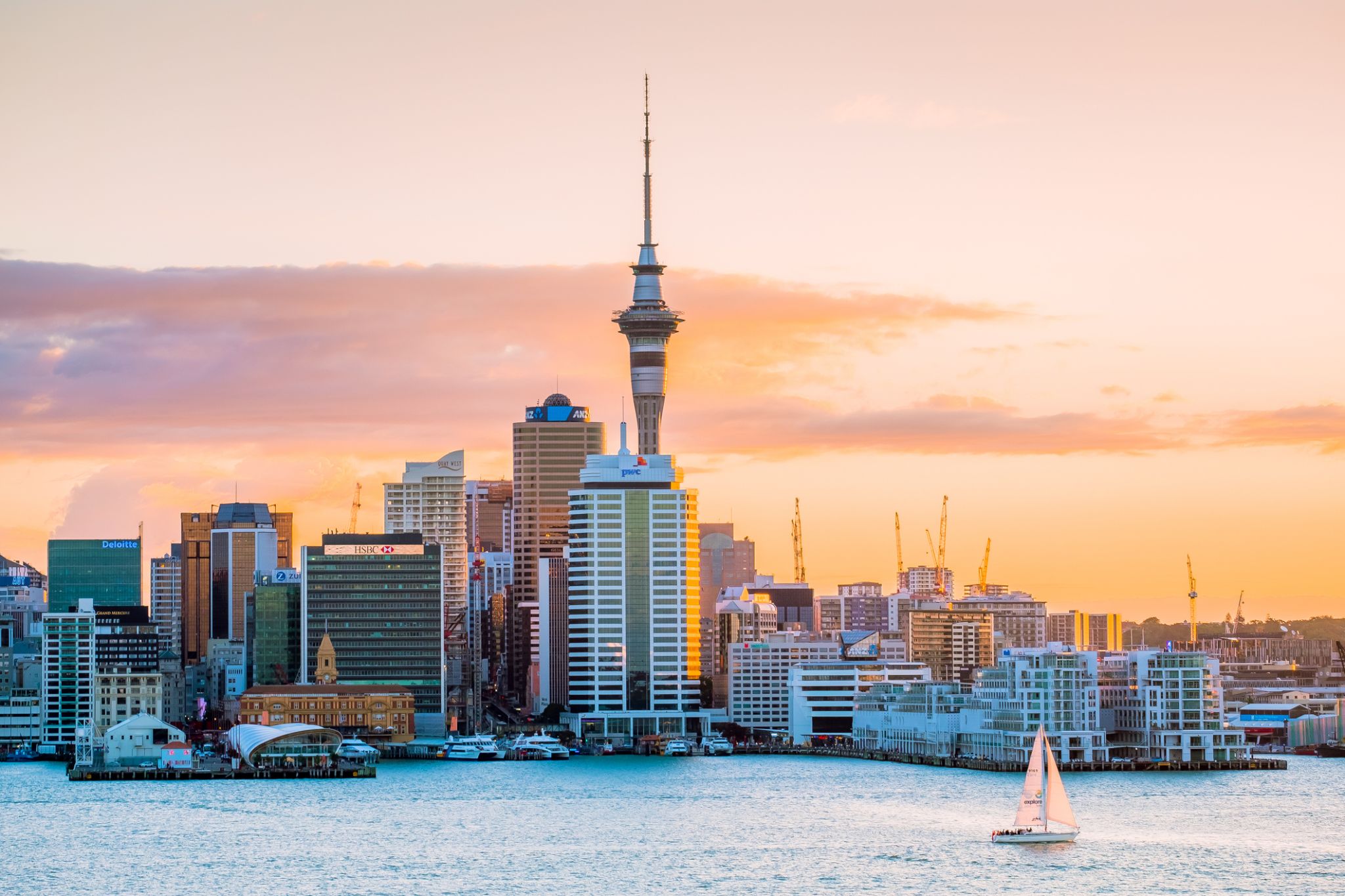

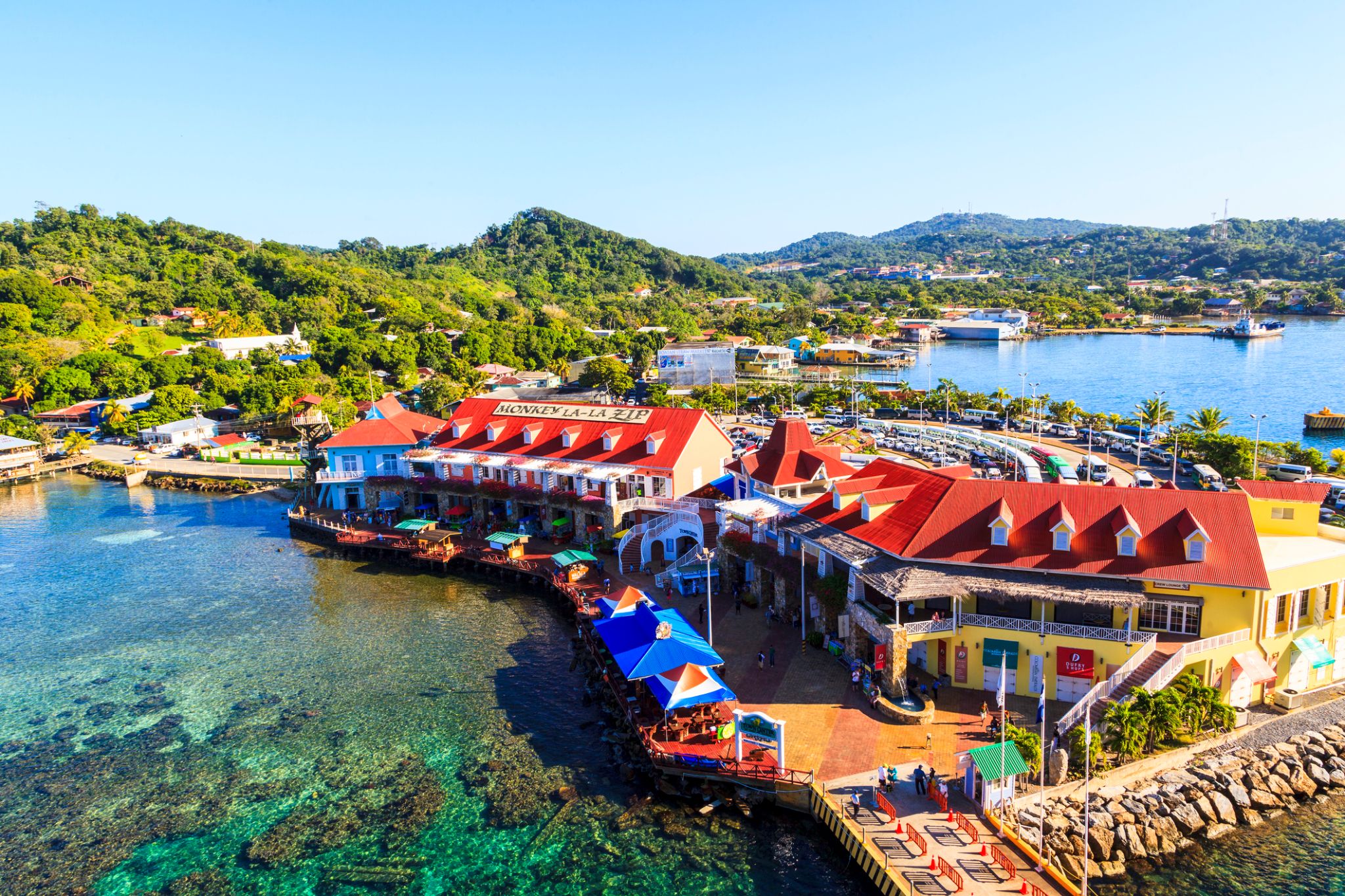


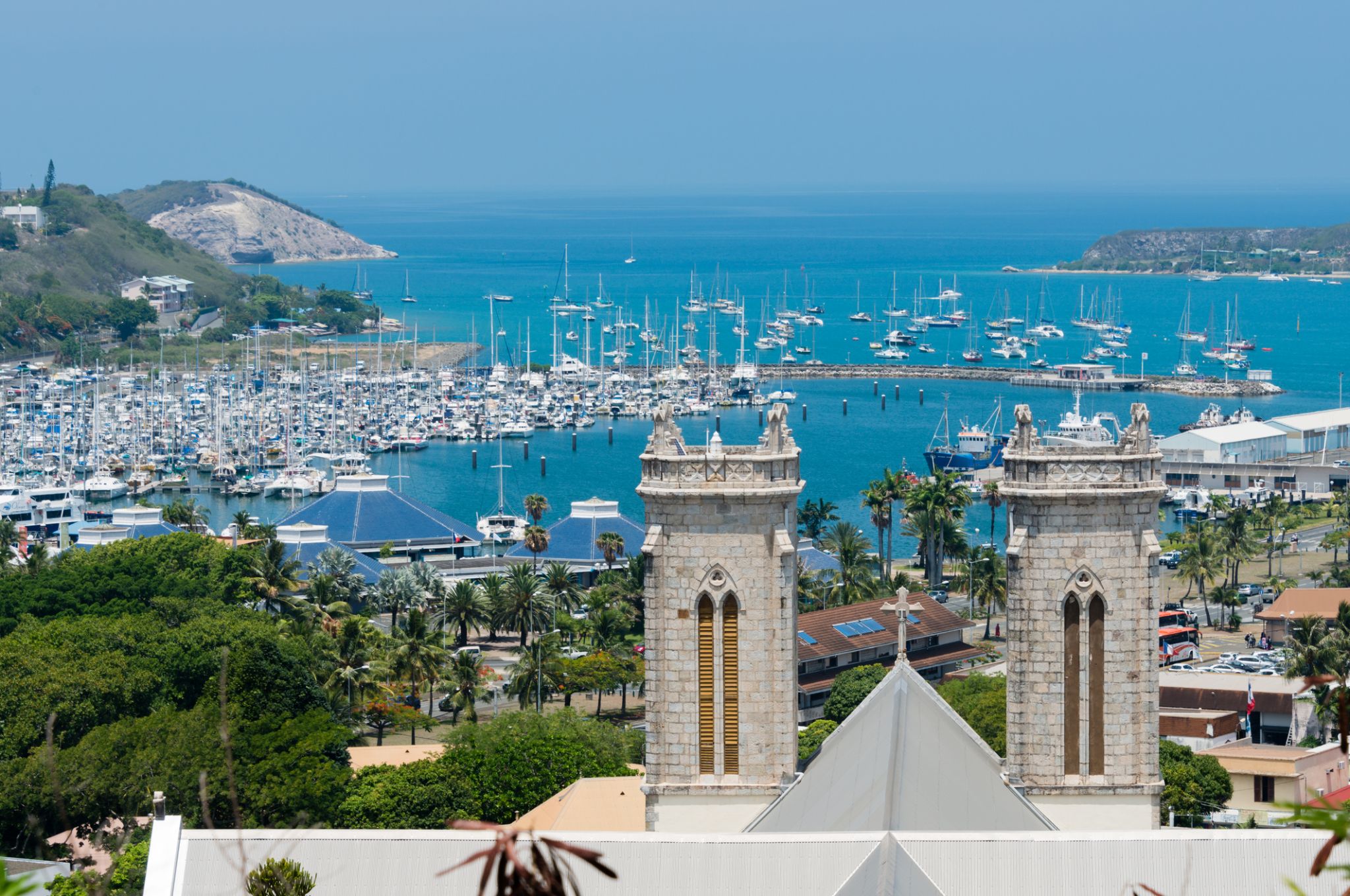
Nouméa is the capital and largest city of the French special collectivity of New Caledonia. It is situated on a peninsula in the south of New Caledonia's main island, Grande Terre, and is home to the majority of the island's European, Polynesian (Wallisians, Futunians, Tahitians), Indonesian, and Vietnamesepopulations, as well as many Melanesians, Ni-Vanuatu and Kanaks who work in one of the South Pacific's most industrialised cities. The city lies on a protected deepwater harbour that serves as the chief port for New Caledonia.
At the August 2014 census, there were 179,509 inhabitants in the metropolitan area of Greater Nouméa (French: agglomération du Grand Nouméa), 99,926 of whom lived in the city (commune) of Nouméa proper. 66.8% of the population of New Caledonia live in Greater Nouméa, which covers the communes of Nouméa, Le Mont-Dore, Dumbéa and Païta.

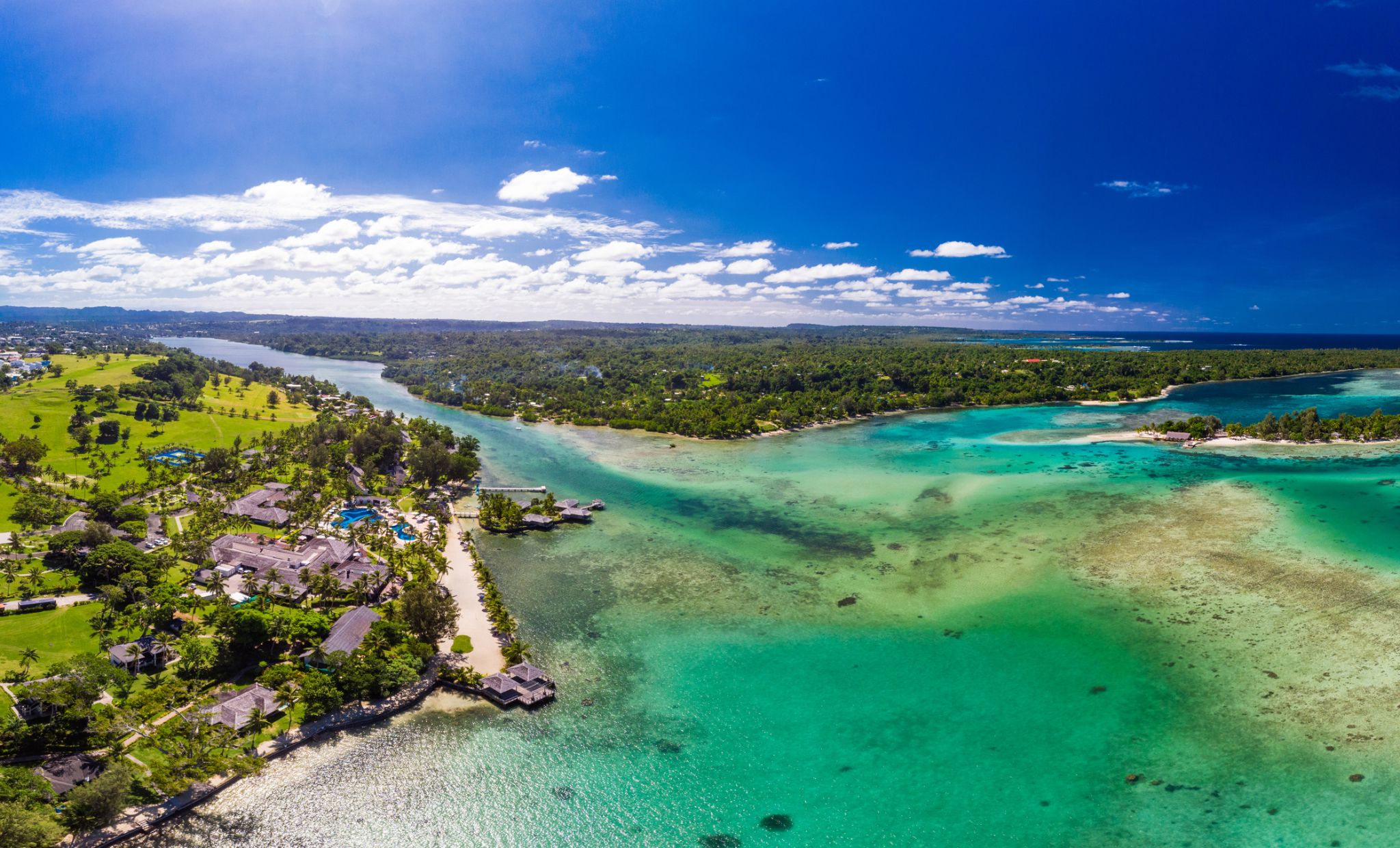
Port Vila is the capital and largest city of Vanuatu and is on the island of Efate.
Its population in the last census (2009) was 44,040, an increase of 35% on the previous census result (29,356 in 1999). In 2009, the population of Port Vila formed 18.8% of the country's population, and 66.9% of the population of Efate.
On the south coast of the island of Efate, in Shefa Province, Port Vila is the economic and commercial centre of Vanuatu. The mayor is Mambo Albert Sandy Daniel, of the Vanua'aku Pati, elected in January 2018; his deputy is Eric Puyo Festa, of the Grin Confederation.
On March 13, 2015, Port Vila bore extensive damage from Cyclone Pam.



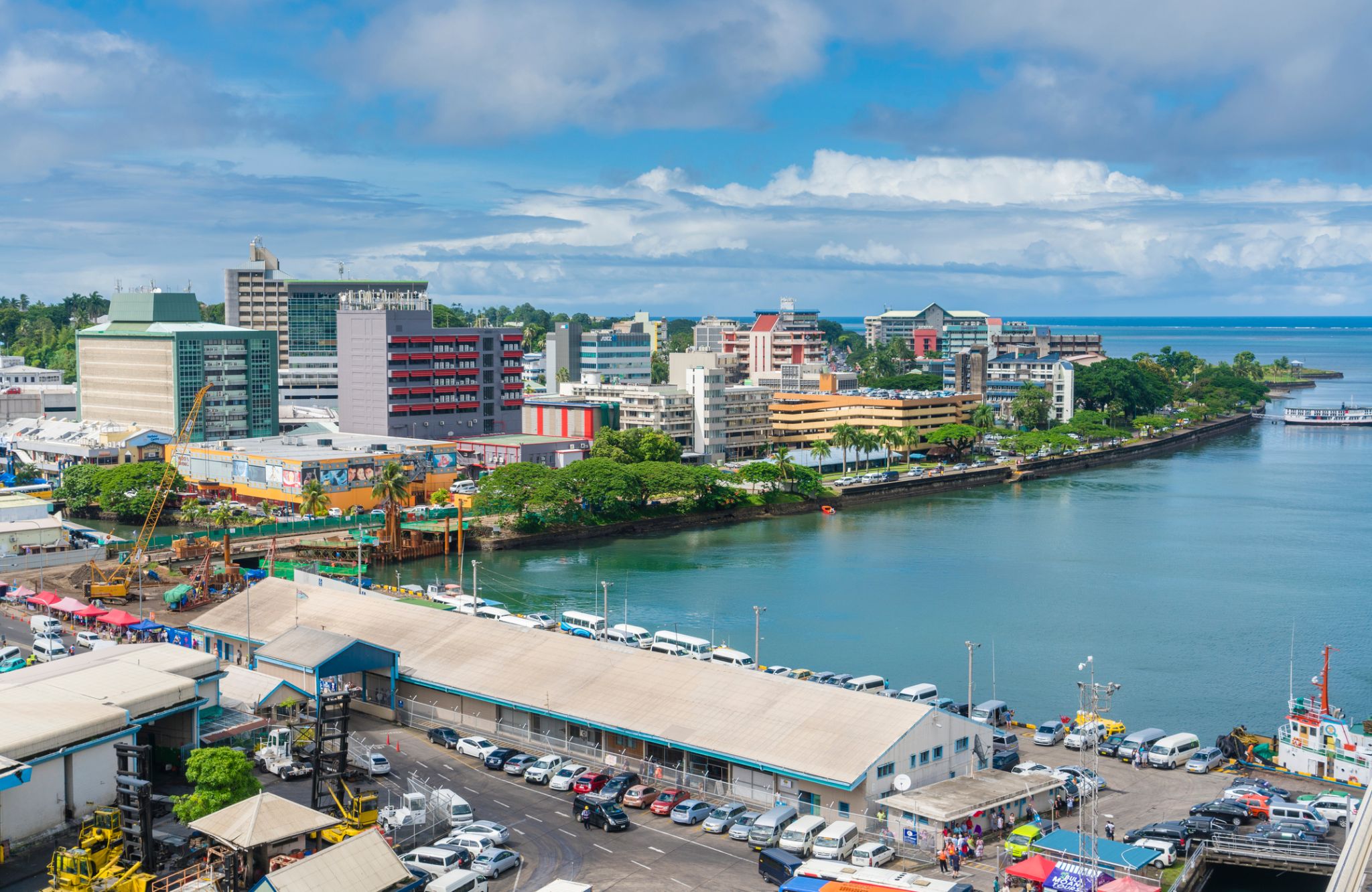
Suva is the capital and largest metropolitan city in Fiji. It is located on the southeast coast of the island of Viti Levu, in the Rewa Province, Central Division.
In 1877, it was decided to make Suva the capital of Fiji, as the geography of former main European settlement at Levuka on the island of Ovalau, Lomaiviti province proved too restrictive. The administration of the colony was moved from Levuka to Suva in 1882.
At the 2007 census, the city of Suva had a population of 85,691. Including independent suburbs, the population of the Greater Suva urban area was 172,399 at the 2007 census. Suva, along with the bordering towns of Lami, Nasinu, and Nausori have a total urban population of around 330,000, over a third of the nation's population. This urban complex (not including Lami) is known also as the Suva-Nausori corridor.
Suva is the political, economic, and cultural centre of Fiji. It is also the economic and cultural capital of the Pacific, hosting the majority of regional headquarters of major corporations, as well as international agencies and diplomatic missions in the region. The city also has a thriving arts and performance scene, with a growing reputation as the region’s fashion capital.


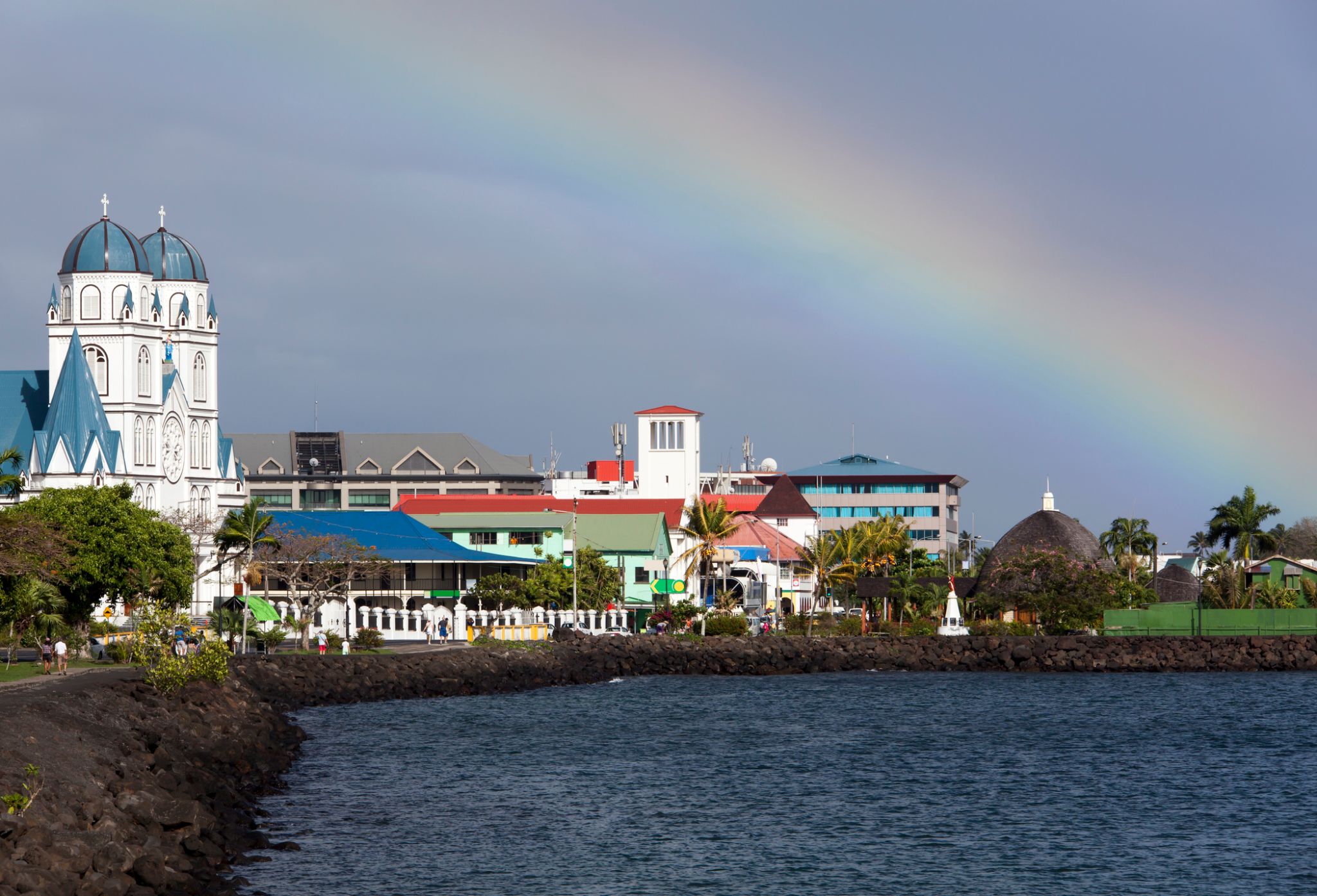
Apia is the capital and the largest city of Samoa. From 1900 to 1919, it was the capital of German Samoa. The city is located on the central north coast of Upolu, Samoa's second largest island. Apia is the only city in Samoa and falls within the political district (itūmālō) of Tuamasaga.
The Apia Urban Area has a population of 36,735 (2011 census) and is generally referred to as the City of Apia. The geographic boundaries of Apia Urban Area is mainly from Letogo village to the new industrialized region of Apia known as Vaitele.



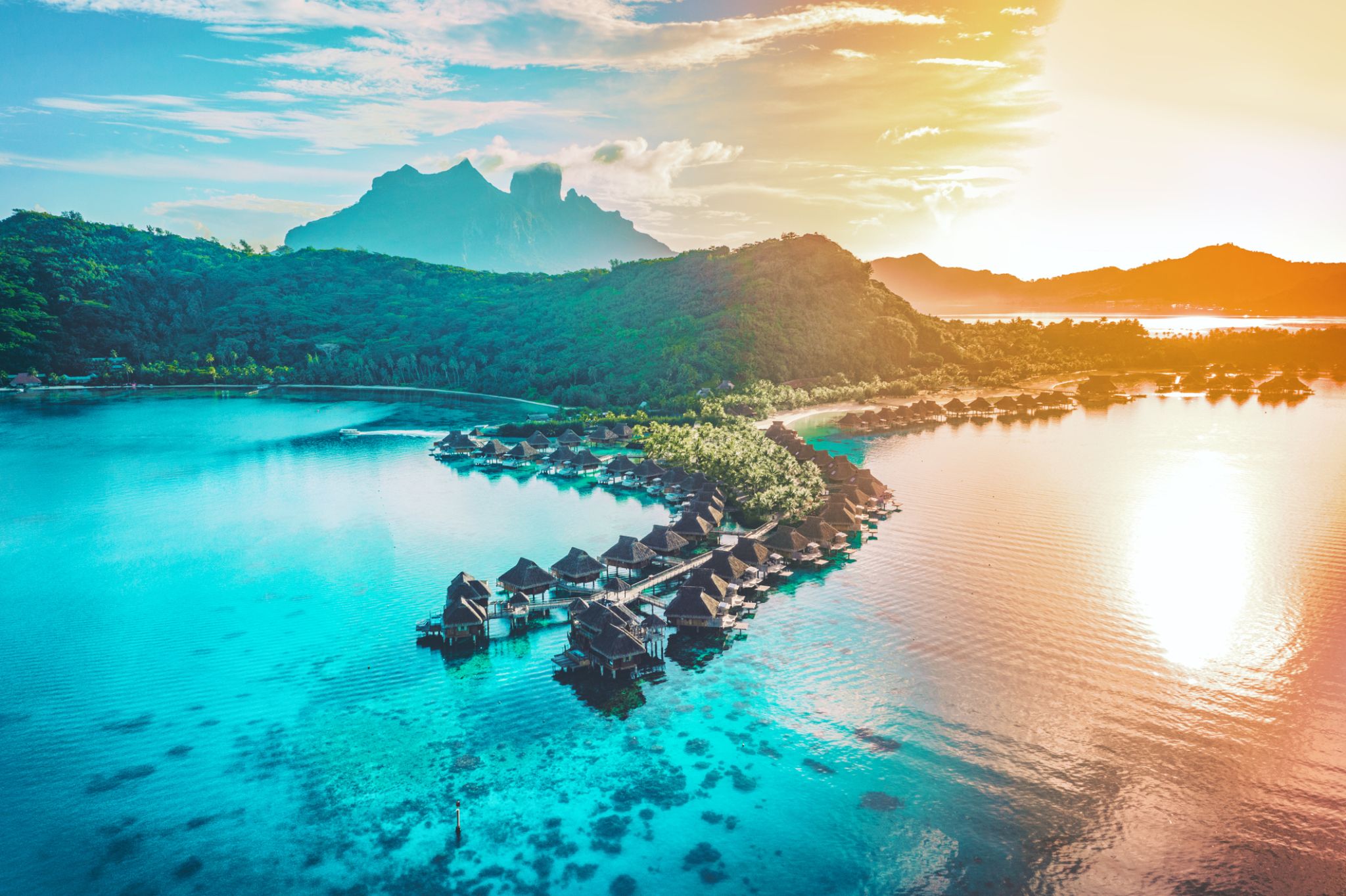

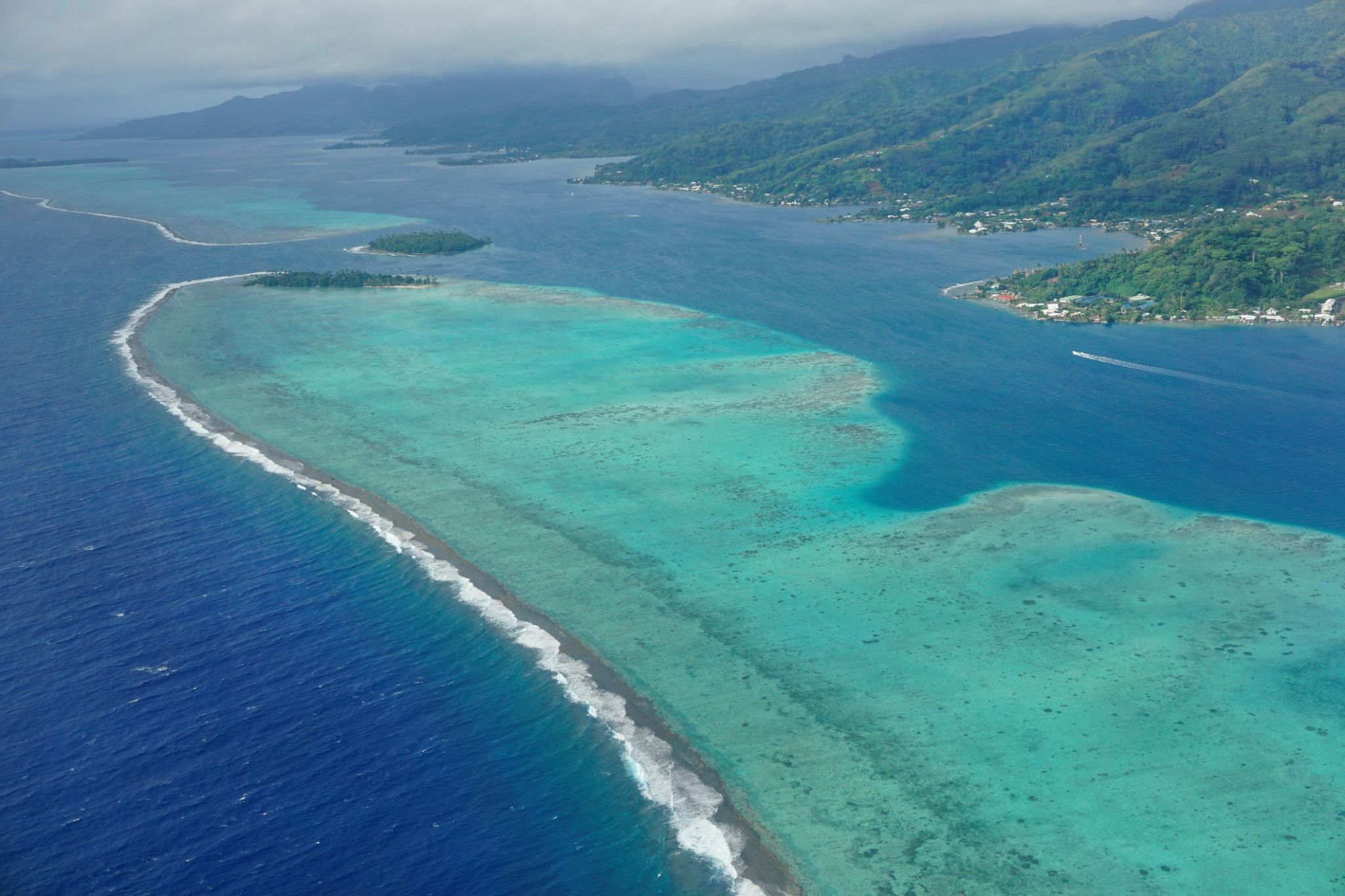
Raiathea
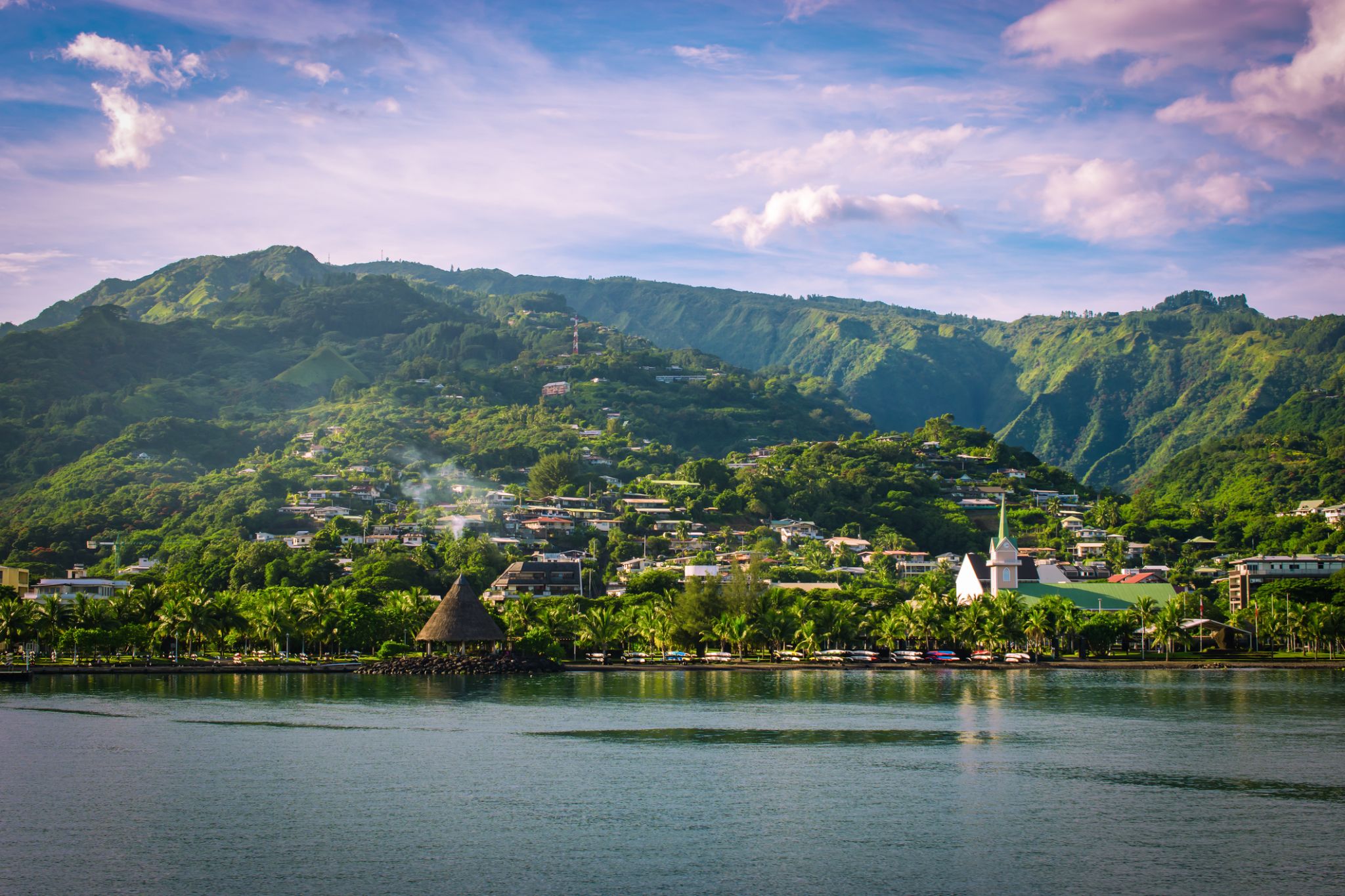
Papeete is the capital city of French Polynesia, an overseas collectivity of France in the Pacific Ocean. The commune of Papeete is located on the island of Tahiti, in the administrative subdivision of the Windward Islands, of which Papeete is the administrative capital. The French High Commissioner also resides in Papeete. It is the primary center of Tahitian and French Polynesian public and private governmental, commercial, industrial and financial services, the hub of French Polynesian tourism and a commonly used port of call. The Windward Islands are themselves part of the Society Islands. The name Papeete means "water from a basket".
The urban area of Papeete had a total population of 136,771 inhabitants at the August 2017 census, 26,926 of whom lived in the commune of Papeete proper.

Papeete is the capital city of French Polynesia, an overseas collectivity of France in the Pacific Ocean. The commune of Papeete is located on the island of Tahiti, in the administrative subdivision of the Windward Islands, of which Papeete is the administrative capital. The French High Commissioner also resides in Papeete. It is the primary center of Tahitian and French Polynesian public and private governmental, commercial, industrial and financial services, the hub of French Polynesian tourism and a commonly used port of call. The Windward Islands are themselves part of the Society Islands. The name Papeete means "water from a basket".
The urban area of Papeete had a total population of 136,771 inhabitants at the August 2017 census, 26,926 of whom lived in the commune of Papeete proper.
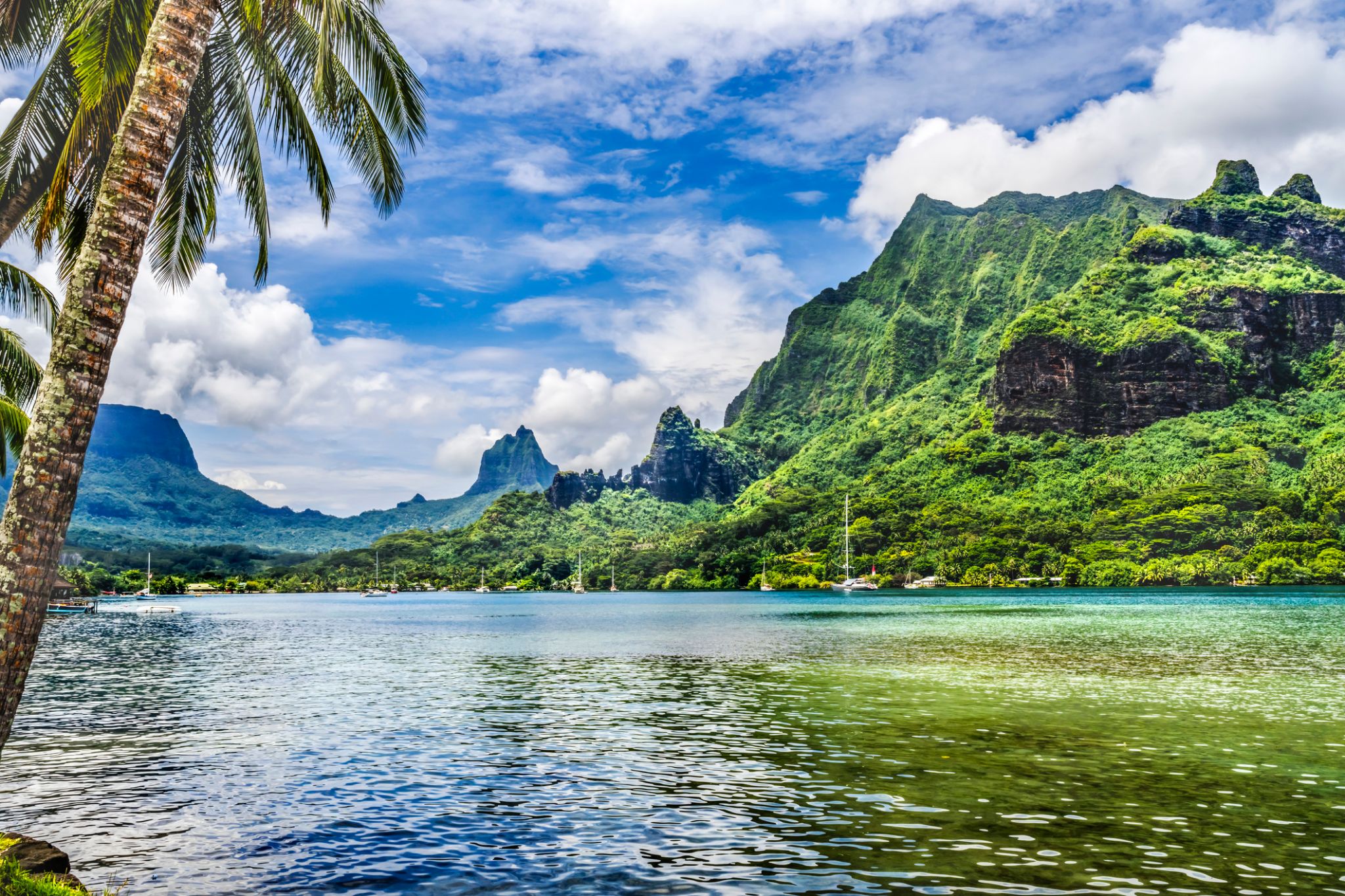
The island was formed as a volcano 1.5 to 2.5 million years ago, the result of a Society hotspot in the mantle under the oceanic plate that formed the whole of the Society Archipelago. It is theorized that the current bays were formerly river basins that filled during the Holocene searise.
Mo'orea is about 10 miles in width from the west to the east. There are two small, nearly symmetrical bays on the north shore. The one to the west is called 'Ōpūnohu Bay, which is not very populated but many travelers have come into the bay. The main surrounding communes of the bay are Piha'ena in the east and Papetō'ai to the west. The one to the east is Cook's Bay, also called Pao Pao Bay since the largest commune of Mo'orea is at the bottom of the bay. The other communes are Piha'ena to the west and busy Maharepa to the east. The highest point is Mount Tohi'e'a, near the center of Mo'orea. It dominates the vista from the two bays and can be seen from Tahiti. There are also hiking trails in the mountains. The Vai'are Bay is another small inlet, smaller than the two main bays, on the east shore. This bay has been settled a lot and has a lot of business. The main village is located just south of the bay.







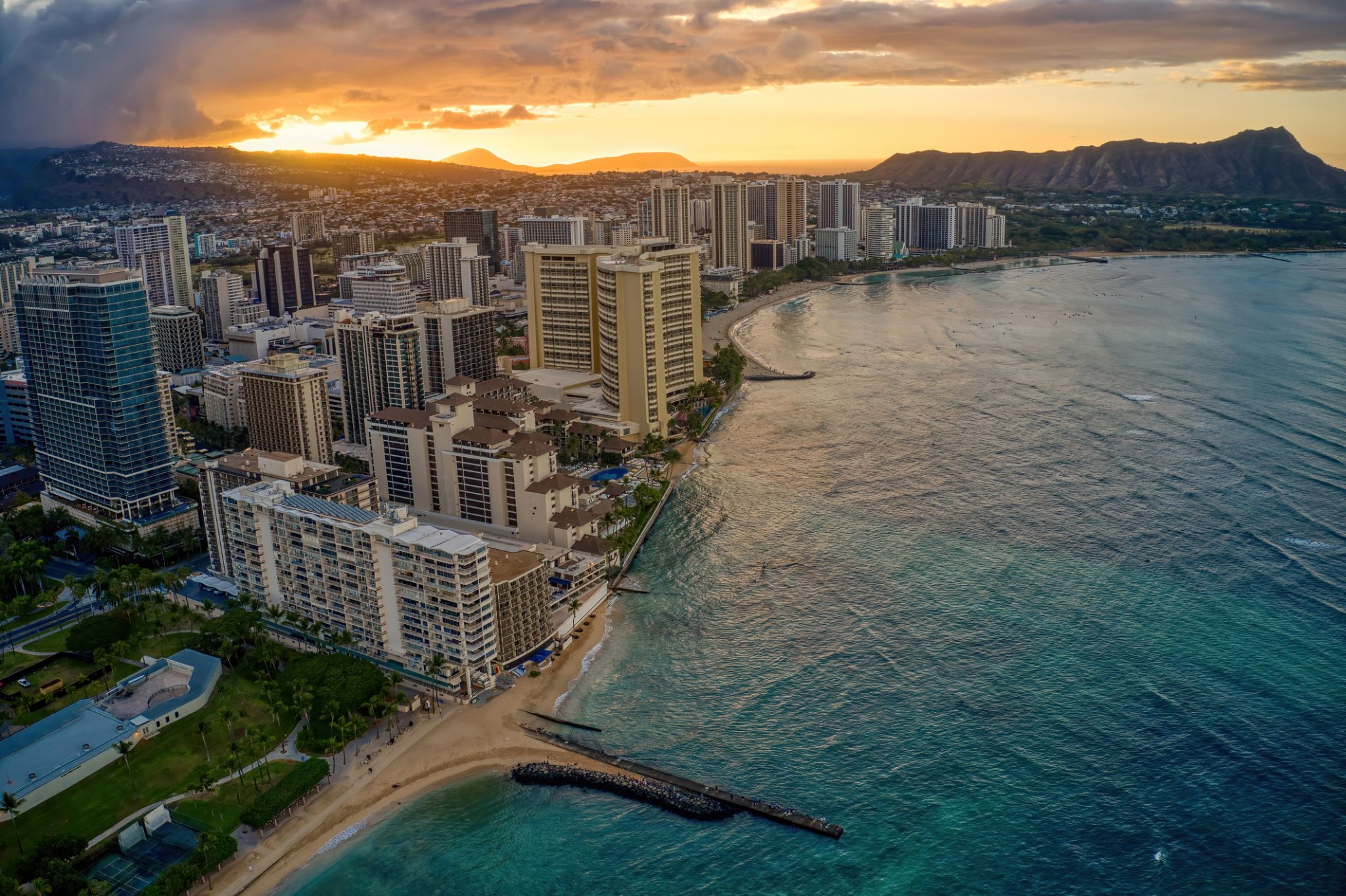
Honolulu is the capital and largest city of the U.S. state of Hawaiʻi. It is an unincorporated part of and the county seat of the City and County of Honolulu along the southeast coast of the island of Oʻahu. The city is the main gateway to Hawaiʻi and a major portal into the United States. The city is also a major hub for international business, military defense, as well as famously being host to a diverse variety of east-west and Pacific culture, cuisine, and traditions.
Honolulu is the most remote city of its size in the world and is the westernmost major U.S. city. For statistical purposes, the United States Census Bureau recognizes the approximate area commonly referred to as "City of Honolulu" (not to be confused with the "City and County") as a census county division (CCD). Honolulu is a major financial center of the islands and of the Pacific Ocean. The population of the Honolulu census designated place(CDP) was 359,870 as of the 2017 population estimate, while the Honolulu CCD was 390,738 and the population of the consolidated city and county was 953,207.
Honolulu means "sheltered harbor" or "calm port". The old name is Kou, a district roughly encompassing the area from Nuʻuanu Avenue to Alakea Street and from Hotel Street to Queen Street which is the heart of the present downtown district. The city has been the capital of the Hawaiian Islands since 1845 and gained historical recognition following the attack on Pearl Harbor by Japan near the city on December 7, 1941.
As of 2015, Honolulu was ranked high on world livability rankings, and was also ranked as the 2nd safest city in the U.S. It is also the most populated Oceanian city outside Australasia and ranks second to Auckland as the most-populous city in Polynesia.

Honolulu is the capital and largest city of the U.S. state of Hawaiʻi. It is an unincorporated part of and the county seat of the City and County of Honolulu along the southeast coast of the island of Oʻahu. The city is the main gateway to Hawaiʻi and a major portal into the United States. The city is also a major hub for international business, military defense, as well as famously being host to a diverse variety of east-west and Pacific culture, cuisine, and traditions.
Honolulu is the most remote city of its size in the world and is the westernmost major U.S. city. For statistical purposes, the United States Census Bureau recognizes the approximate area commonly referred to as "City of Honolulu" (not to be confused with the "City and County") as a census county division (CCD). Honolulu is a major financial center of the islands and of the Pacific Ocean. The population of the Honolulu census designated place(CDP) was 359,870 as of the 2017 population estimate, while the Honolulu CCD was 390,738 and the population of the consolidated city and county was 953,207.
Honolulu means "sheltered harbor" or "calm port". The old name is Kou, a district roughly encompassing the area from Nuʻuanu Avenue to Alakea Street and from Hotel Street to Queen Street which is the heart of the present downtown district. The city has been the capital of the Hawaiian Islands since 1845 and gained historical recognition following the attack on Pearl Harbor by Japan near the city on December 7, 1941.
As of 2015, Honolulu was ranked high on world livability rankings, and was also ranked as the 2nd safest city in the U.S. It is also the most populated Oceanian city outside Australasia and ranks second to Auckland as the most-populous city in Polynesia.
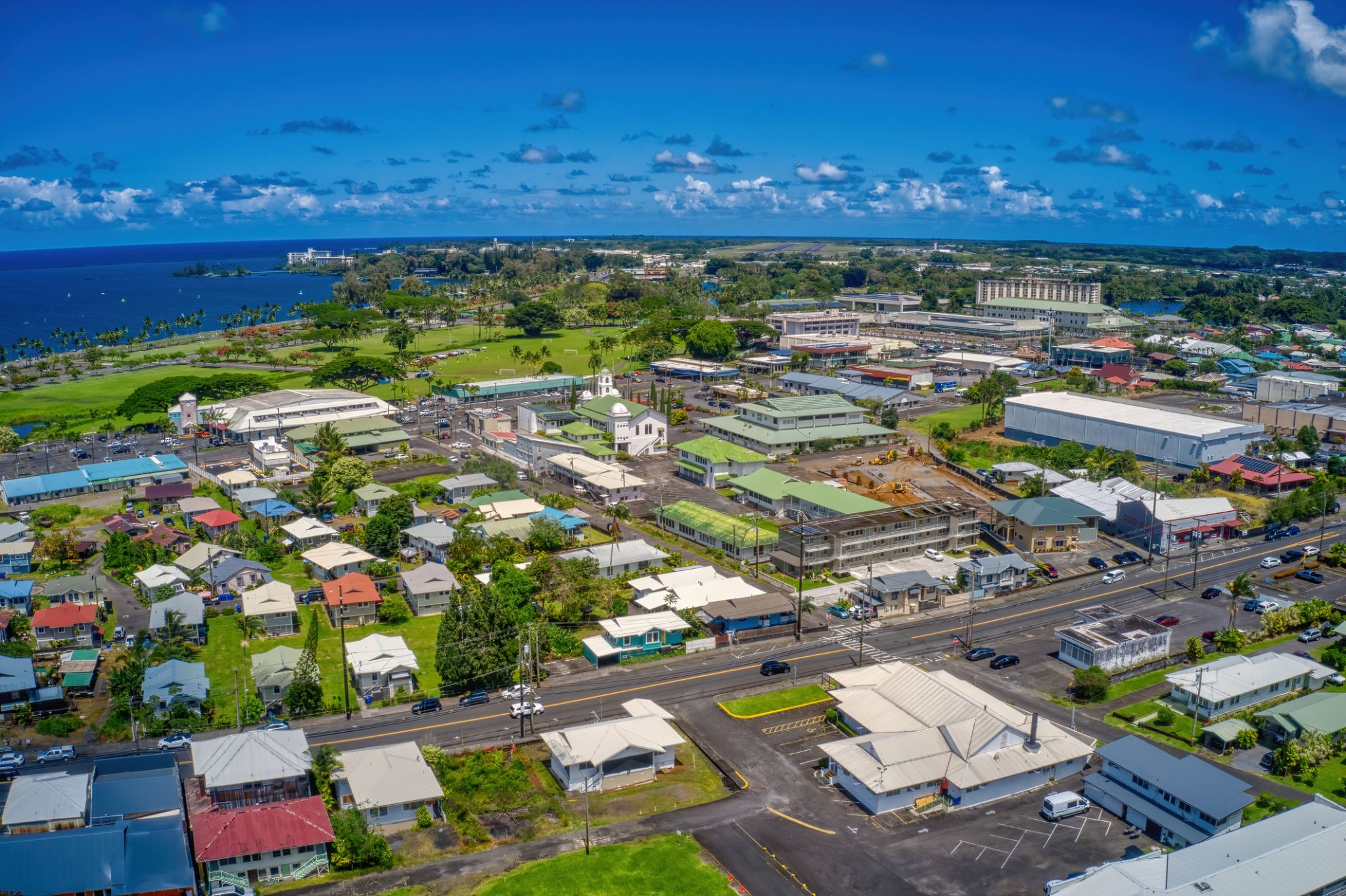
Hilo is the largest settlement and census-designated place (CDP) in Hawaii County, Hawaii, United States, which encompasses the Island of Hawaiʻi. The population was 43,263 at the 2010 census.
Hilo is the county seat of the County of Hawaiʻi and is in the District of South Hilo. The town overlooks Hilo Bay, at the base of two shield volcanoes, Mauna Loa, an active volcano, and Mauna Kea, a dormant volcano and the site of some of the world's most important ground-based astronomical observatories. Much of the city is at some risk from lava flows from Mauna Loa. The majority of human settlement in Hilo stretches from Hilo Bay to Waiākea-Uka, on the flanks of Mauna Loa.
Hilo is home to the University of Hawaiʻi at Hilo, ʻImiloa Astronomy Center of Hawaiʻi, as well as the Merrie Monarch Festival, a week-long celebration of ancient and modern hula that takes place annually after Easter. Hilo is also home to the Mauna Loa Macadamia Nut Corporation, one of the world's leading producers of macadamia nuts. The town is served by Hilo International Airport.





